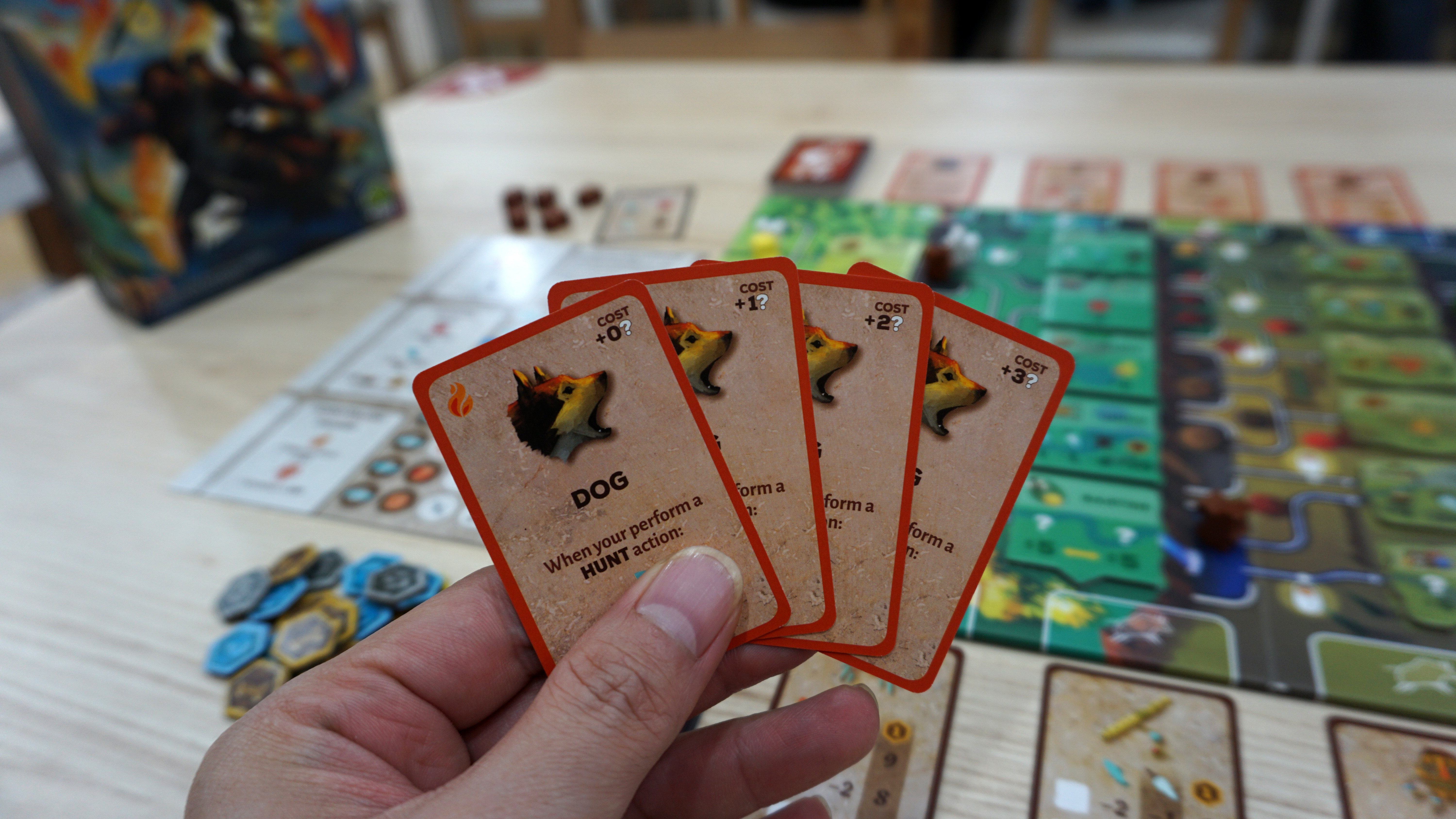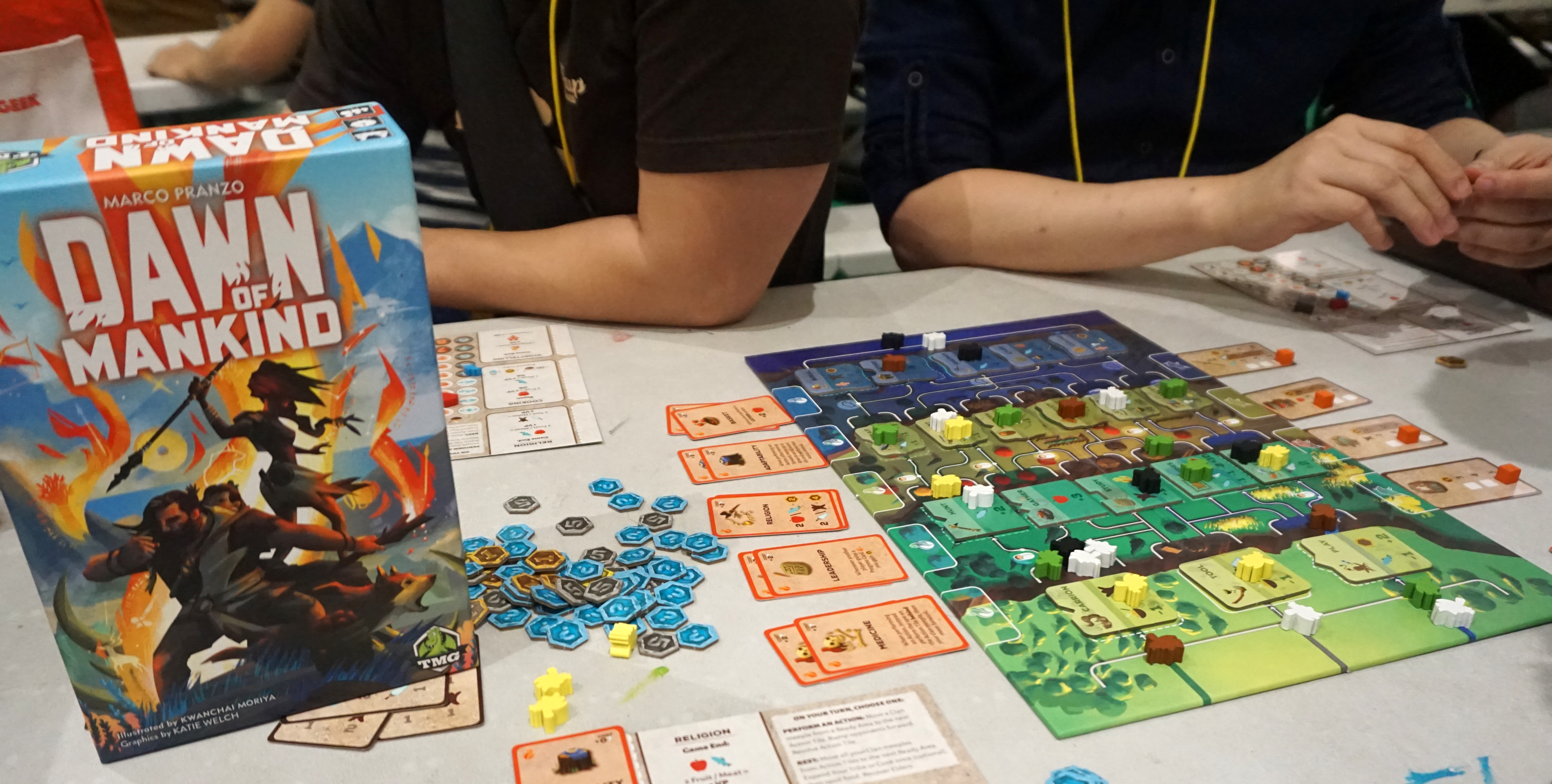 CuBirds, as strange as it sounds, is a card game about (cube shaped) birds for 2 to 5 players from game designer Stefan Alexander. It was published by Catch Up Games in 2018. The fact that it was around since 2018 and I kinda knew the game just from a year ago shows that I need to go out more. When I just found out about the game there was no such interest for the game. As I am a gamer that finds simple light games to be unrewarding and unsatisfactory, though I know it isn’t always the case (guilty on all accounts for Parade there). So CuBirds with just cards for components, lacking more comprehensive visualization, went around unnoticed in my radar. I knew it was there, but it’s just there and I don’t give a damn about it. Until…
CuBirds, as strange as it sounds, is a card game about (cube shaped) birds for 2 to 5 players from game designer Stefan Alexander. It was published by Catch Up Games in 2018. The fact that it was around since 2018 and I kinda knew the game just from a year ago shows that I need to go out more. When I just found out about the game there was no such interest for the game. As I am a gamer that finds simple light games to be unrewarding and unsatisfactory, though I know it isn’t always the case (guilty on all accounts for Parade there). So CuBirds with just cards for components, lacking more comprehensive visualization, went around unnoticed in my radar. I knew it was there, but it’s just there and I don’t give a damn about it. Until…

So due to the pandemic, I didn’t have many opportunities to play board games with friends. Not to mention that I also have a 2 year old boy that often demands full time attention. I even started to play solitaire games which I rarely do because I believe board gaming is more fun with friends in real time. And then my interest was shifted to digital platforms for board games, such as boardgamearena.com, yucata.de and boiteajeux.net

It was on boardgamearena.com that I first encountered CuBirds and then because it’s a small and simple game, I decided to give it a shot. So I read the short rules and then tried the game with random people there. And after my first play, I was surprised. The game is so brilliant and addictive. I was excited, the kind of excitement you get when you realize that you want to immediately play it again. I asked my local game store for a copy and a chance for them to carry the game and they said it’s possible. So for a while I played it digitally and recently the game is available to purchase. Of course I immediately bought it despite having instant doubt that the version of the game has a Chinese title on the box. Not that I doubt the originality as the store absolutely never sells counterfeits. It’s just having the English version is much more preferable than other versions, despite me not a native English speaker. So let’s dig into the game and find out what kind of game it is.

As I mentioned earlier the game comes with cards that have illustrations of birds in some kind of isometric style, which some people might think of as cute or adorable. I wouldn’t say they are not cute or attractive, they just work nicely, the illustrations are clear and easy on the eyes. There are 8 types of birds, from Toucan, Flamingo, Parrot, Robin, Duck, etc. Aside from the colorful illustration of the birds, you can also find the value for small and large flock on the top right of each card and also the amount of cards of a given type available on the deck located on the bottom left of the card.
The goal of the game is simple, players have to complete one of the two goals. Either collect 7 different types of birds or 2 types of birds with 3 cards each to win the game. To add these cards into your tableau (on the table in front of you) you need to complete a flock beforehand. This happens as you collect birds on your turn. At the start of the game, you need to perform a simple setup that forms 4 rows of cards with 3 cards in each row. And then each player is dealt 8 cards from the deck, these cards are their starting hand. Choose a player to start the game and play continues in a clockwise direction from the starting player.

On your turn, you must play cards from your hand to one of the four rows. Choose a type of bird and place all the cards of that type from your hand to one of the rows. You can place the cards on any side (left or right) but you cannot split the cards, they have to be on the same side. Right after placing the card(s) check if there is another card of the same type with the one you’ve just placed in that row. If there is at least one card of the same type, you must collect all the cards in between cards with that type and place them in your hand. If there is no card in between OR there is no matching card on the row, you may draw up to 2 cards from the draw pile.
Before your turn ends, you have the option to complete a flock from cards in your hand. To complete a flock you need to play cards from your hand with one type of bird and the amount of the cards must be at least equal to the small flock value. If the cards are equal to the small flock value and less than the large flock value, you add one of those cards to your tableau and discard the rest. But if you play the cards equal to the large flock value or more, you add 2 of those cards into your tableau and then discard the rest. You may only complete one type of flock, even if you can complete more than one from your hand. To complete the other you need to wait for the next turn. If by this you complete one of the goals, you win the game.

Well honestly there is no round in this game. Players just keep taking their turns alternatively. But there it is, a round. Actually it’s not a round in a common way. The rounds only help players to pause the game briefly, which is triggered when a player has no cards in their hand. When this happens, the game flow is temporarily interrupted as other players have to discard all the cards from their hands and each player is dealt 8 new cards. The player who triggered the end of round will start the new round, this makes that player taking 2 turns in a row, which is a big deal in this game.
Gotta say that the rules are super simple, on your turn you place cards, collect and then complete. As simple as that. But there are so many decisions to consider, hence my kind of games. There are two ways you can go, either pursue 2 types of birds or 7 cards of different birds. Of course you don’t have to decide from the beginning as this flows as you decide which cards to play and which ones to collect. In addition, you also need to carefully observe your opponents tableau (and hand). Their tableau would give you useful information on what type of birds they’re looking to complete and what types are no longer their concerns, knowing the amount of cards that your opponents have really determines the pace of your actions. If a player has a few cards in their hands, it’s your cue that a round might come to an end soon. Better prepare your hand as well as they will get discarded when the round ends. This kind of dynamic really gives players rich interactions in between turns.
If you notice, the amount of cards for some large flocks might be too many, but despite the card distribution of one bird, most of the cards are ended up in the discard pile after someone completed their flock, and thus players looking for a specific type of birds might find it hard to come by from the draw pile before the discard pile is shuffled back to the draw pile. Luckily the draw and discard piles have a nice pace thanks to players discarding cards in every end of round.
I’ve played the game with 2 up to multiplayer (5 players) and I gotta say that each play is so enjoyable. Of course a 2-players game is definitely different from multiplayer (with more than 2 players) because of the tactical aspect created by the one on one direct opponent whereas multiplayer games provide multiple opponents, which means another layer of turns to consider and less tactical (more luck and random elements).

My verdict
Well it’s obvious that I found this game to my liking. I still remember my first encounter with Parade, as I wasn’t convinced by Parade’s simple package and components. Without knowing about and playing the game, it wouldn’t be in my collection, I tend to have this tendency to get attracted more into heavier games. This game is similar, but thanks to Board Game Arena I was able to try the game. It has that Parade feels, a small game with big plays. It’s certainly going to be in my collection and definitely a good game to choose from when selecting games to play with new players, casual or just a filler. If you like a short game with a handful of decisions, this one could hit your sweet spot.
Game feel
- When you have a clear target in front of you and it’s not your turn, your hands are itchy but your opponent before you is taking their time with ease. The tension and adrenaline rush are killing you inside.
- The time when you have multiple options and cannot decide what to play, and it’s frustrating.
- The time when you have a very good hand that you’ve been building in the past several turns but your opponent before you plays a turn and empty their hands. You just want to scream out loud.
- The time when the combination of your hand and rows do not do any good but your opponents play cards that give you sunshine and rainbows.

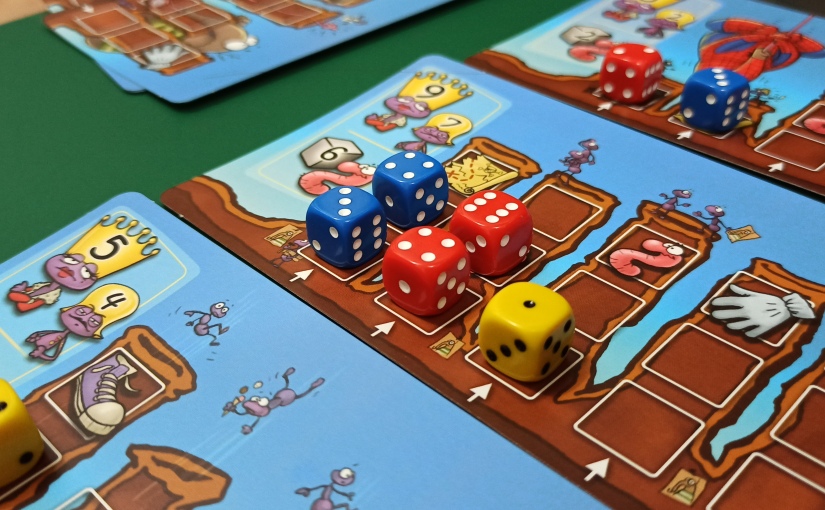
 It Happens.. Review
It Happens.. Review












 Metro X Review
Metro X Review





 Dogs (3rd Edition) Review
Dogs (3rd Edition) Review





 Celestia Review
Celestia Review




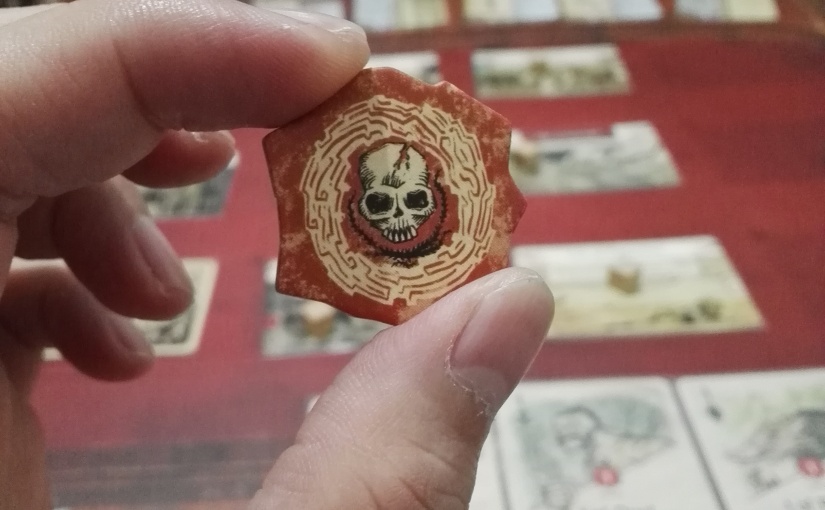
 Hand of Fate: Ordeals Review
Hand of Fate: Ordeals Review


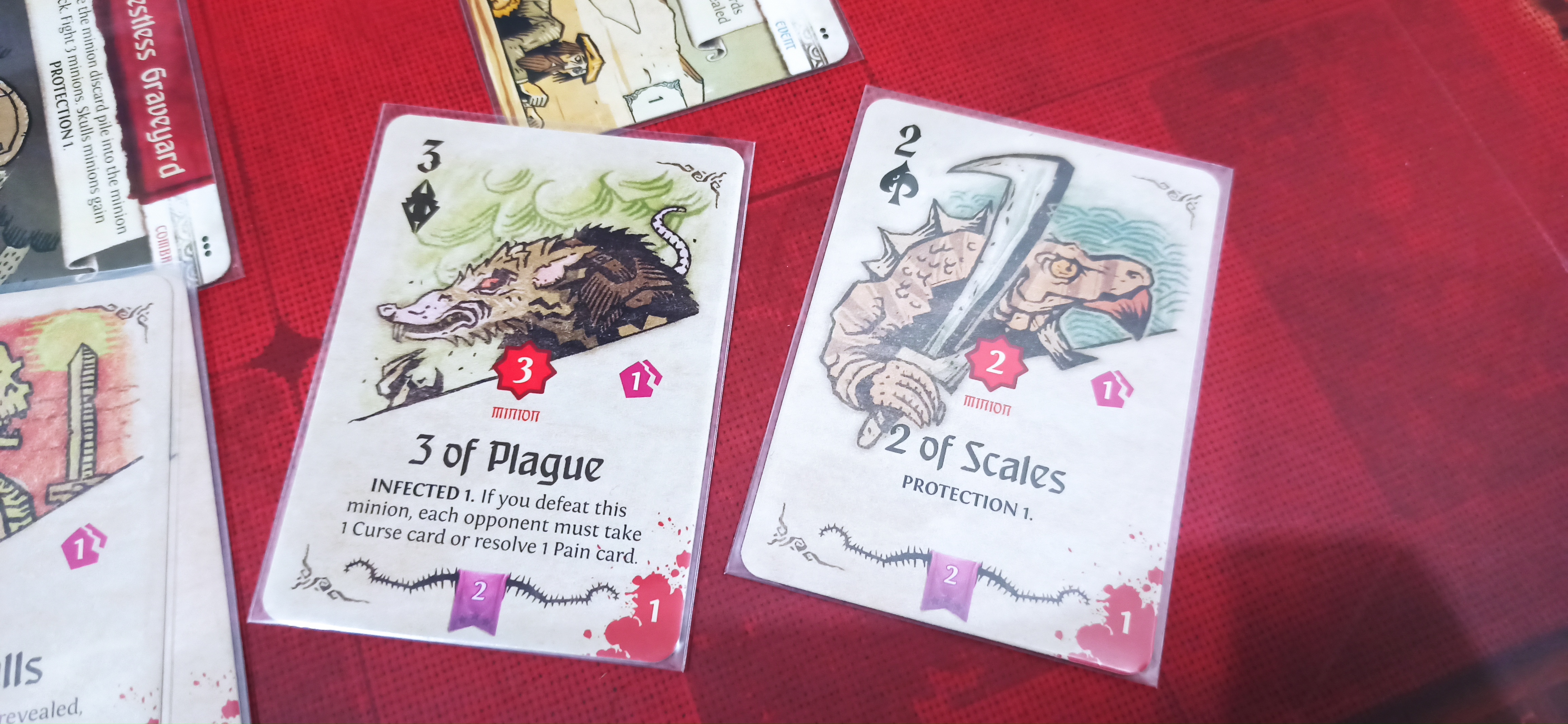




 Underwater Cities Review
Underwater Cities Review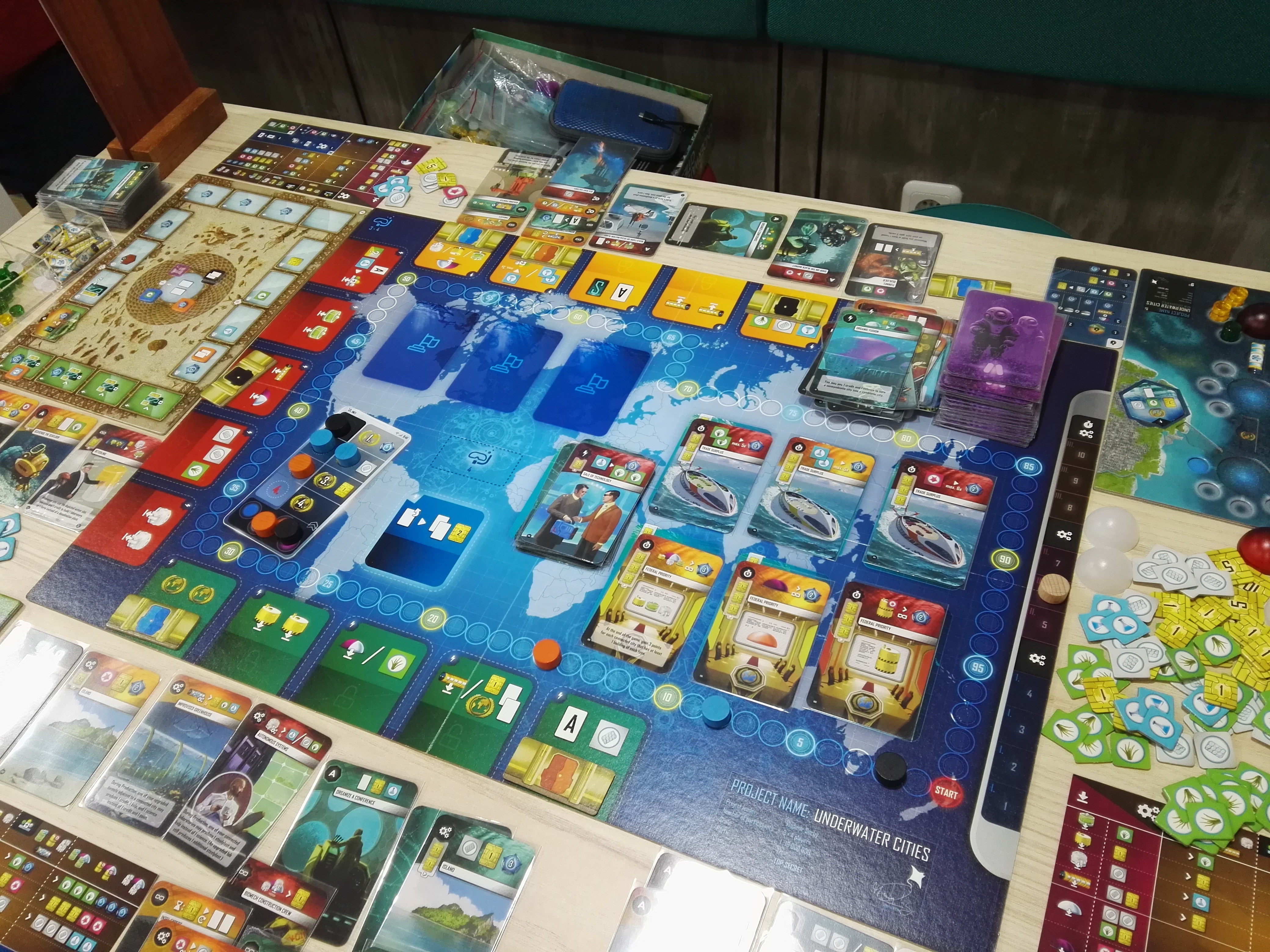




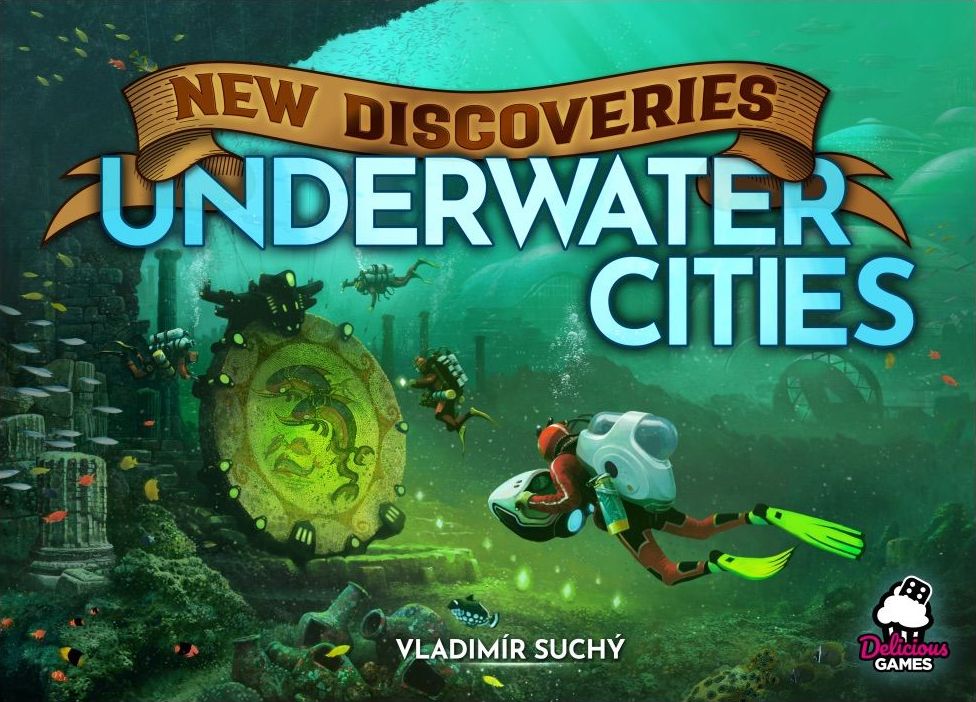


 NMBR 9 Review
NMBR 9 Review

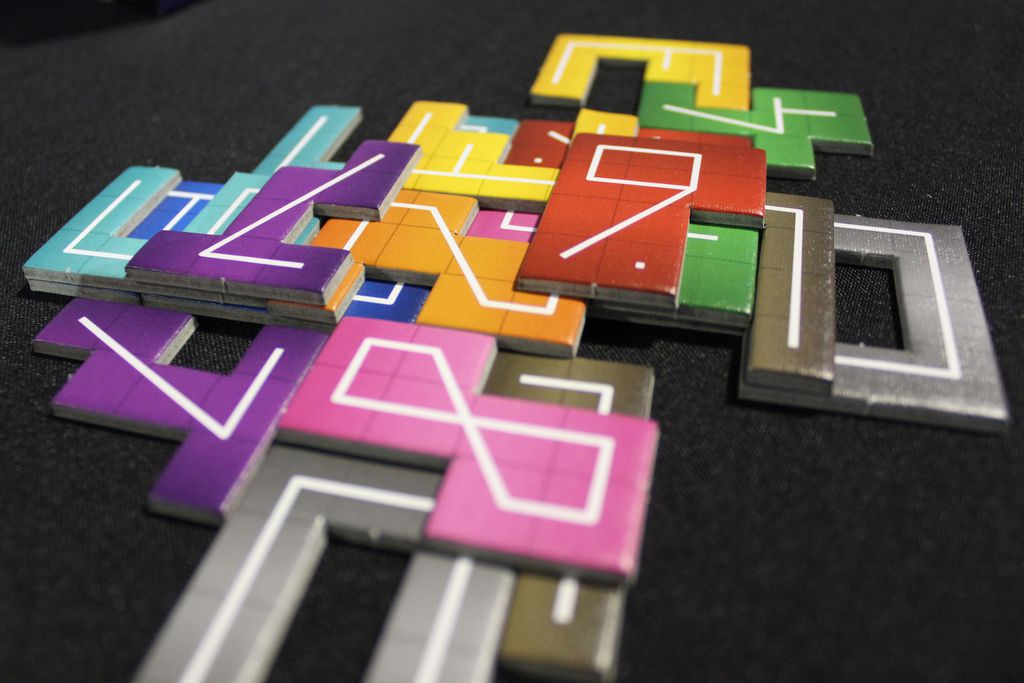

 Dawn of Mankind Review
Dawn of Mankind Review



